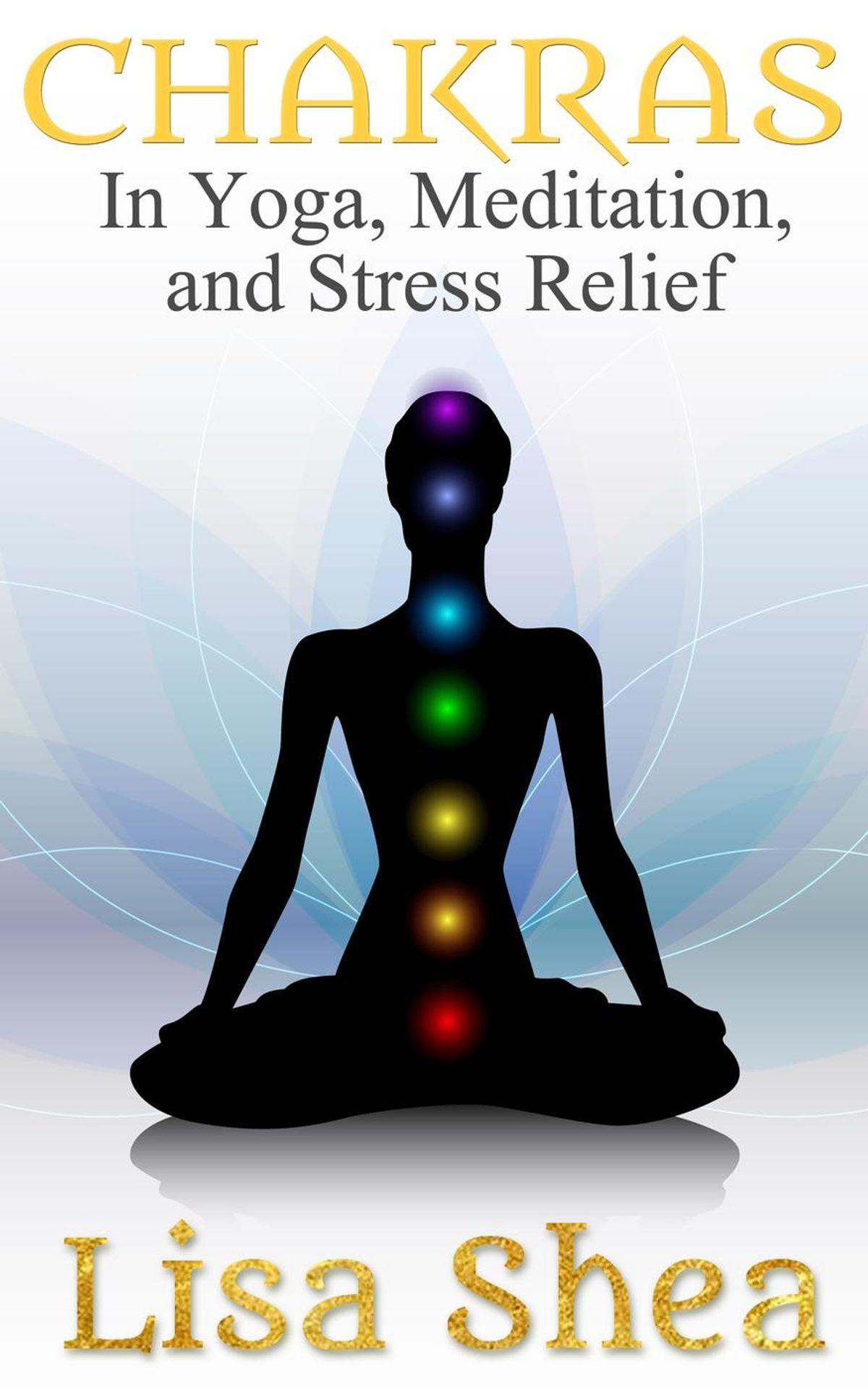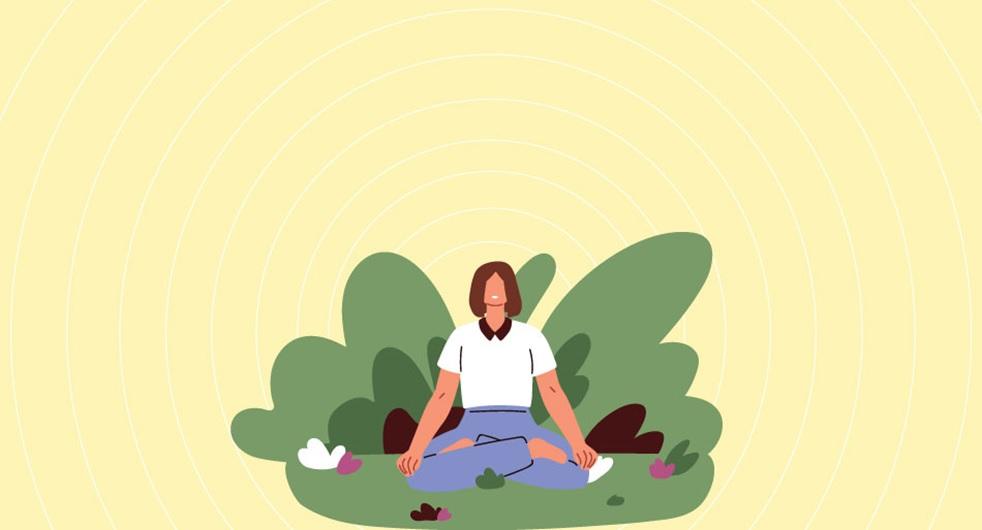In a world that seems to spin faster with each passing day, the quest for effective stress management has become more crucial than ever. Among the myriad of strategies available, two age-old practices stand out: meditation and exercise. Both have been lauded for their ability to soothe the mind and invigorate the body, but a new debate has emerged: should meditation replace exercise as the go-to remedy for stress relief? As the rhythmic hum of treadmills competes with the serene silence of meditation rooms, it’s time to explore whether stillness can truly substitute motion in the pursuit of tranquility. This article delves into the strengths and limitations of both practices, offering insights into their roles in our modern lives and pondering whether one might indeed eclipse the other in the art of stress management.
Meditation and Exercise Unveiled Exploring Their Unique Stress-Relief Mechanisms
In the pursuit of tranquility and balance, both meditation and exercise offer distinct pathways to alleviate stress. Meditation taps into the profound realm of mental stillness, fostering mindfulness and emotional resilience. By anchoring the mind in the present moment, it reduces anxiety and cultivates a sense of inner peace. Exercise, on the other hand, engages the body in rhythmic motion, releasing endorphins that elevate mood and diminish stress levels. The physical exertion involved acts as a natural antidote to tension, promoting a healthier physiological response to stressors.
- Meditation: Enhances focus and clarity, reduces anxiety, promotes emotional health.
- Exercise: Boosts endorphin production, improves sleep, strengthens the immune system.
While meditation offers a serene escape into mindfulness, exercise provides a dynamic outlet for pent-up energy and stress. The unique benefits of each practice highlight the importance of incorporating both into a balanced stress-management routine, rather than substituting one for the other.
Balancing Mind and Body Weighing the Benefits of Meditation Against Exercise
In the quest for effective stress management, both meditation and exercise offer unique benefits that cater to different aspects of our well-being. Meditation is often hailed for its ability to calm the mind, enhance focus, and promote emotional health. It provides a serene space to process thoughts and emotions, potentially reducing anxiety and stress levels. On the other hand, exercise is celebrated for its capacity to release endorphins, improve cardiovascular health, and increase overall energy levels. The physical exertion involved in exercise can serve as a healthy outlet for stress and tension, offering a sense of accomplishment and boosting self-esteem.
- Meditation: Enhances mental clarity, reduces anxiety, improves emotional health.
- Exercise: Boosts physical health, releases endorphins, increases energy and self-esteem.
Rather than choosing one over the other, a holistic approach that incorporates both meditation and exercise might provide the most comprehensive benefits. This balanced integration can cater to both the mind and body, ensuring a well-rounded strategy for managing stress effectively.

Integrating Practices Crafting a Personalized Stress Management Routine
When it comes to managing stress, the journey is deeply personal, and what works for one individual may not work for another. Crafting a personalized routine that integrates various practices can be a game-changer. Meditation and exercise both offer profound benefits, and the key is to find a harmonious balance that resonates with your lifestyle and needs.
- Mindful Movement: Consider blending meditation with physical activity. Practices like yoga or tai chi offer meditative qualities while promoting physical health.
- Scheduled Serenity: Allocate specific times in your week dedicated to both meditation and exercise, allowing each to complement the other.
- Intuitive Listening: Pay attention to your body’s cues. Some days, a quiet meditation may be what you need, while on others, a brisk walk or a jog might clear your mind.
By experimenting with different combinations, you can discover a personalized stress management routine that not only alleviates stress but also enhances your overall well-being. The ultimate goal is to create a sustainable practice that feels less like a chore and more like a cherished part of your day.

Expert Insights and Practical Tips Navigating the Meditation vs. Exercise Debate
When considering the roles of meditation and exercise in stress management, it’s essential to understand the unique benefits each practice offers. Meditation is renowned for its ability to cultivate mindfulness and enhance emotional regulation. By encouraging a state of calm and presence, it helps reduce anxiety and promotes mental clarity. On the other hand, exercise is celebrated for its ability to boost endorphins, improve mood, and increase energy levels. Physical activity not only strengthens the body but also acts as a powerful outlet for releasing built-up tension.
- Meditation Benefits:
- Enhances mindfulness and self-awareness
- Improves focus and concentration
- Reduces anxiety and promotes relaxation
- Exercise Benefits:
- Increases endorphins, improving mood
- Boosts physical health and energy levels
- Offers a constructive release for stress
While some may wonder if meditation could replace exercise entirely, many experts advocate for a balanced approach. By integrating both practices into your routine, you can harness the comprehensive benefits each offers, creating a holistic strategy for managing stress effectively.
Closing Remarks
In the grand tapestry of stress management, both meditation and exercise weave their unique threads, each offering its own vibrant hues and textures. As we stand at the crossroads of choice, it becomes clear that the journey to tranquility need not be a solitary path. Meditation invites us to dive inward, finding solace in the quiet corners of our minds, while exercise encourages us to embrace movement, channeling energy into vitality. Whether one chooses the stillness of meditation or the dynamic rhythm of exercise, the ultimate goal remains the same: a harmonious balance between body and mind. Perhaps, the question isn’t whether meditation should replace exercise, but how these two practices can coexist, complementing each other in the dance of stress relief. As we navigate our individual paths, let us remain open to the possibilities, crafting a personalized symphony of well-being that resonates with our unique selves.
